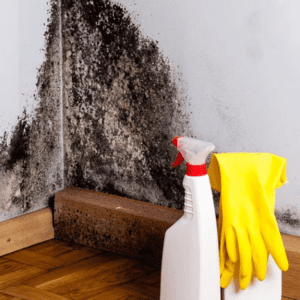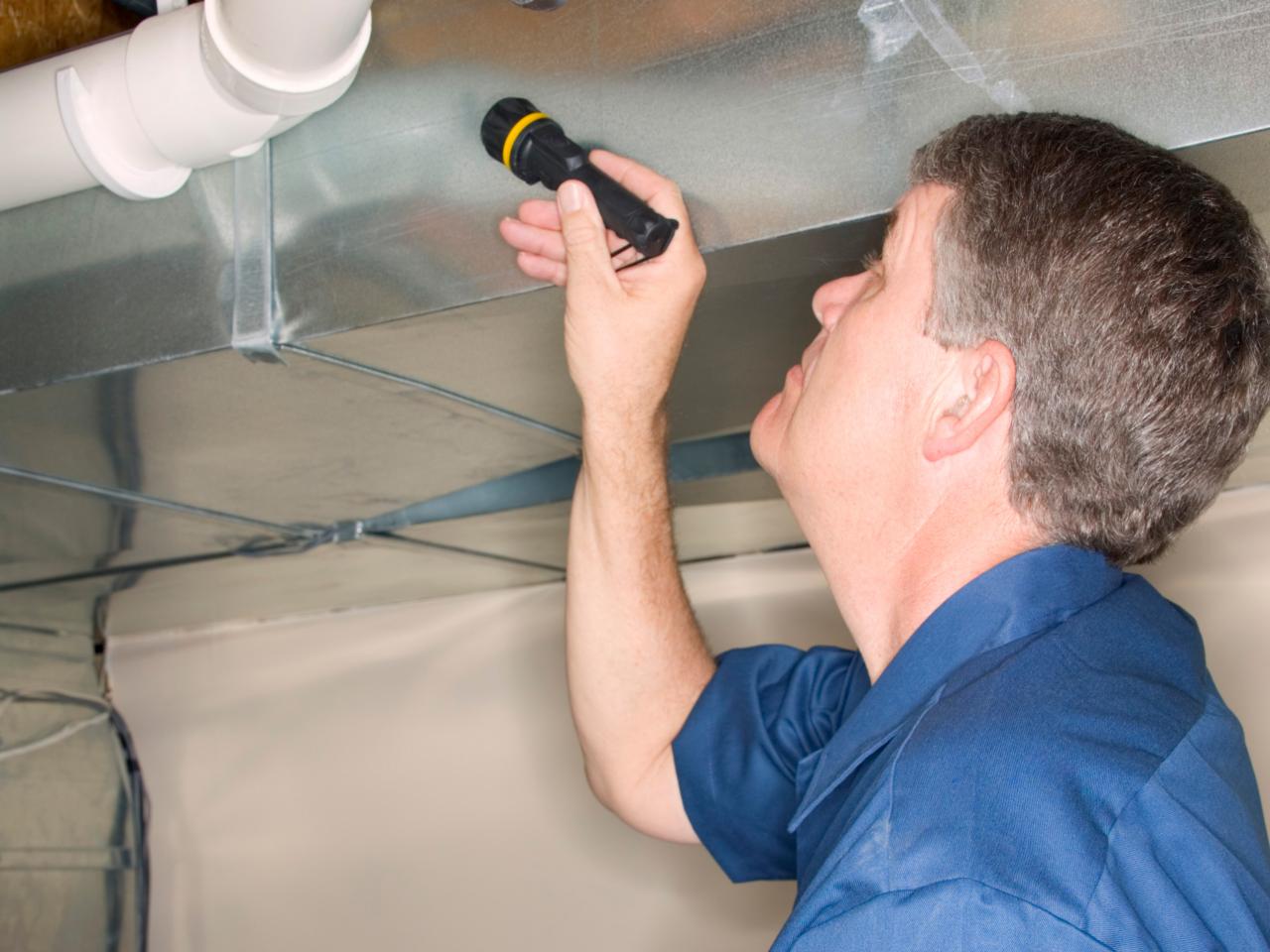Your Ultimate Overview to Message Mold And Mildew Removal Methods
In the aftermath of mold invasion, recognizing just how to efficiently eliminate the mold and prevent its reoccurrence is paramount for maintaining a healthy indoor atmosphere. From picking the appropriate cleaning and decontaminating techniques to applying techniques for long-term mold prevention, each step in the remediation trip plays an important role in ensuring a successful result.
Comprehending Post-Mold Removal Process
After finishing the mold and mildew removal process, it is vital to understand the post-mold remediation techniques that are required to guarantee a effective and thorough clean-up. When the mold and mildew has actually been removed, the next step involves cleaning and sanitizing the affected areas to stop any type of regrowth of mold and mildew. This consists of making use of specialized cleaning agents to wipe down surfaces and kill any kind of remaining mold spores. It is vital to dry out the area totally to prevent the development of mold in the future (Post remediation mold testing near me). Correct ventilation and dehumidification can assist in this procedure.
Furthermore, conducting a final assessment post-remediation is important to make sure that all mold has actually been effectively removed. If the inspection exposes any type of remaining mold and mildew, additional removal may be required.
Effective Cleaning and Decontaminating Techniques

Preventing Future Mold Development

Relevance of Appropriate Air Flow
Correct air flow plays an essential function in avoiding moisture accumulation, a crucial factor in mold and mildew growth within indoor atmospheres. Effective ventilation systems aid eliminate excess humidity from the air, lowering the possibilities of mold spores discovering the wetness they need to spread out and sprout. Without adequate ventilation, interior areas can come to be a breeding ground for mold and mildew, leading to possible wellness threats and architectural damage.
By making certain correct air blood circulation, ventilation systems can also aid in drying out moist areas faster after water damages or flooding events, even more discouraging mold and mildew growth. Post Mold Remediation Report. In rooms like bathrooms, cellars, kitchen areas, and attics where wetness degrees often tend to be greater, mounting and preserving effective ventilation systems is crucial in preventing mold and mildew problems

Monitoring and Maintenance Tips
Given the vital duty that correct ventilation plays in avoiding mold and mildew growth, it is critical to establish reliable monitoring and upkeep suggestions to original site make sure the ongoing functionality of ventilation systems. Monitoring humidity degrees within the home is likewise vital, as high moisture can add to mold and mildew development. By staying mindful and proactive to the condition of air flow systems, residential or commercial property owners can efficiently reduce the threat of mold regrowth and keep a healthy and balanced indoor atmosphere.
Conclusion
Finally, post-mold removal strategies are vital for making sure a tidy and safe environment. Recognizing the process, applying efficient cleansing and sanitizing methods, preventing future mold and mildew development, keeping proper air flow, and regular monitoring are all vital action in the remediation process. By following these standards, you can successfully eliminate mold and stop its return, functioning or advertising a healthy and balanced living room for all occupants.
In the aftermath of mold and mildew infestation, knowing just how to successfully get rid of the mold and prevent its reoccurrence is vital for maintaining a healthy indoor atmosphere. As soon as the mold has actually been gotten rid of, the next step involves cleaning and decontaminating the affected areas to prevent any regrowth of mold and mildew - Post Mold remediation cleaning. After getting rid of visible mold growth, it is essential to cleanse all surface areas in the affected area to get rid of any staying mold and mildew spores. To better enhance mold prevention procedures, it is important to attend important source to underlying concerns that originally click site led to mold development.Provided the important duty that correct ventilation plays in avoiding mold development, it is important to establish efficient tracking and maintenance pointers to guarantee the continued functionality of ventilation systems
Comments on “After Mold Remediation Approaches for Tidy Areas”